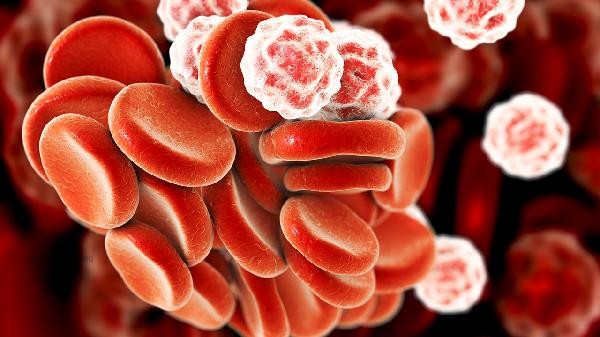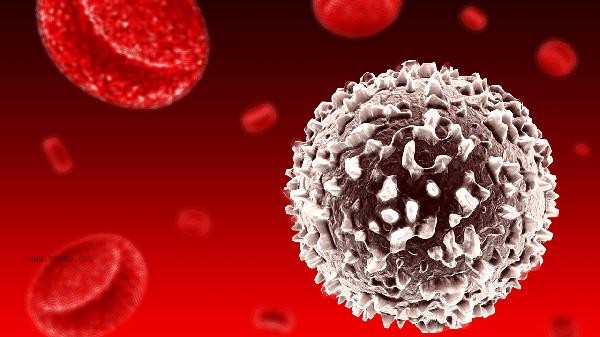A level of interleukin-6IL-6 exceeding 50pg/mL usually indicates a significant risk of inflammation or infection, and the risk should be assessed in conjunction with clinical symptoms. The increased risk threshold of IL-6 is mainly related to infectious diseases, autoimmune disease, tumor progression, postoperative complications and cardiovascular disease risk.

1. infectious diseases:
When bacterial infection occurs, IL-6 can rapidly rise to 100-1000pg/mL, and sepsis patients often exceed 500pg/mL. The level of IL-6 is positively correlated with the severity of infection, and if it remains above 200pg/mL, caution should be exercised about the risk of septic shock. At this time, emergency anti infective treatment and monitoring of organ function are necessary.
2. Autoimmune diseases:
During the active stage of rheumatoid arthritis, IL-6 is mostly maintained at 20-70 pg/mL. If it continues to exceed 100 pg/mL, it may indicate accelerated joint destruction. Inflammation needs to be controlled through immunosuppressive agents such as tocilizumab, while assessing complications such as pulmonary fibrosis.
3. Tumor progression:

IL-6>30pg/mL is associated with poor prognosis in multiple myeloma patients, and exceeding 50pg/mL may promote tumor cell proliferation. When solid tumors metastasize, IL-6 can increase to 5-10 times the normal value, which needs to be comprehensively judged in combination with tumor markers.
4. Postoperative complications:
If the peak IL-6 level is greater than 300pg/mL within 24 hours after major surgery, it indicates an increased risk of infection or systemic inflammatory response syndrome. There is a significant correlation between IL-6>500pg/mL and the incidence of acute kidney injury after cardiac surgery.
5. Cardiovascular risk:
In atherosclerotic patients, IL-6>5pg/mL is associated with plaque instability, which can reach 50-200pg/mL in acute myocardial infarction. Chronic elevation exceeding 10pg/mL requires evaluation of the necessity of statin anti-inflammatory treatment.

It is recommended that individuals with abnormally elevated IL-6 levels consume 1500-2000ml of water daily to promote metabolism, choose anti-inflammatory foods such as deep-sea fish and nuts, and avoid high sugar and high-fat diets. Moderate aerobic exercise such as brisk walking and swimming, accumulating more than 150 minutes per week. Monitor body temperature, joint swelling and pain, and other signs. If the infection symptoms persist for 48 hours without relief or if breathing difficulties occur, seek medical attention immediately. Regularly review related indicators such as CRP and blood routine, and for patients with autoimmune diseases, it is recommended to evaluate the dynamic changes of IL-6 every 3 months.








Comments (0)
Leave a Comment
No comments yet
Be the first to share your thoughts!